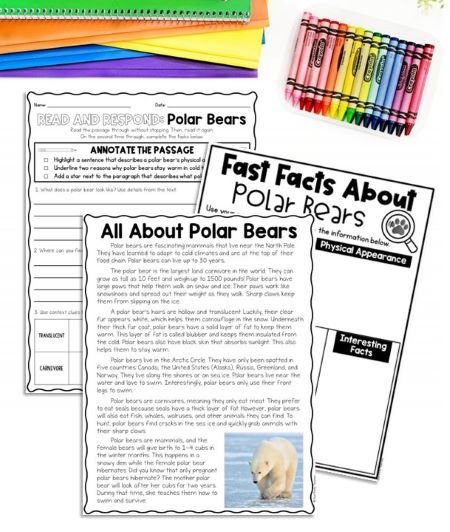What is an Insulator? Science Experiments and Activities for Kids
When a cold snap hits, there’s nothing I enjoy more than cuddling with a warm blanket and sitting by a fire with my hands wrapped around a warm beverage. This is an image your students might be able to resonate with as they learn about insulators and conductors. There are some great lessons and hands-on activities to teach the concept of insulators and conductors in third grade.
What is an insulator? What is a conductor?
Thermal energy is energy that comes from heat. Simply put, insulators don’t allow heat to move easily. The thermal energy stays where it is. Conductors allow heat to move easily from one object to another. The thermal energy moves.
The EASY Way to Explore Insulators
Ready to learn about insulators in a way that’s engaging and fun? In just a few clicks you can grab all the science and literacy pieces you need: nonfiction reading, comprehension, and an engaging STEM challenge all about insulators.
YouTube Videos
Many of the videos out there about conductors and insulators tend to be about electricity. It’s a little trickier to find videos about heat conductors and heat insulators. But here are a couple that I found:
This conductivity experiment by Generation Science will give students a great visual. You might even want to conduct this experiment yourself (pun intended!)
Here’s another experiment by Next Generation Science to compare the heat conductivity of glass and metal.
hunt for conductors and insulators
Take a walk around the classroom or the school to search for conductors and insulators. By seeing real-life examples, students will get a better understanding. You might find things like:
Insulated mugs
Jackets and cool-weather gear
Thin clothing, like a t-shirt
The classroom windows (Feel them! Are they letting out the heat? Is it coming in?)
polar bears demonstrate insulation
Polar bears have a thick fur coat to help keep them warm, but they also have a solid layer of blubber under their fur to retain more warmth. Their black skin absorbs the sunlight which also helps them stay warm. This age-appropriate reading passage about polar bears is a great way to teach students about insulators.
polar bear insulation experiment
After reading about polar bears, it’s time to become a polar bear! Fill a large bowl or basin with water and ice. Then have students cover their finger or hand with lard…that’s right, it’s time to break out the Cristo!
Students can submerge their fingers or hand into the ice water to see how the lard insulates. Then have students stick their “un-larded” hand into the bowl to feel the temperature difference. While this is a messy experiment, it’s fun and it’s memorable!
experiment - testing insulators
Doing hands-on activities is a great way to reinforce learning. Have students insulate a beaker full of hot water using various materials, such as felt, fabric, tin foil, newspaper, and Styrofoam.
By following the scientific method, students can test a variety of materials to see which is the better insulator. For a more detailed description, check out Insulators and Conductors.
Slow Melting
Insulators and conductors can also keep things from thawing. By doing this insulator experiment from TeachEngineering, students can test which insulators will keep ice frozen the longest.
While the topic of conductors and insulations might initially seem complicated, real-life examples and hands-on activities are a great way to demonstrate the concept to kids. Have fun!





